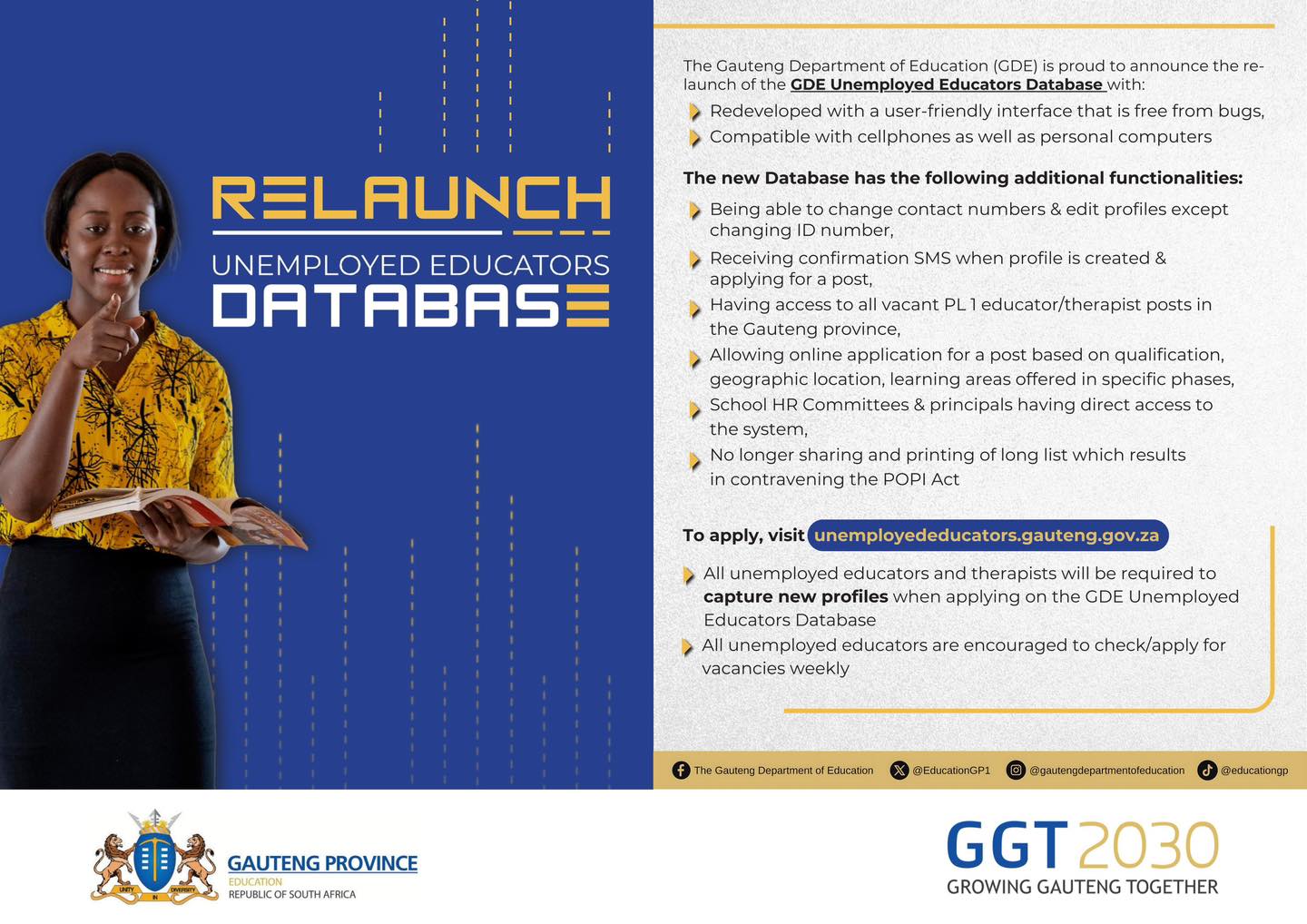Look at the articles covering the rand at the beginning of 2024 and you’ll get a sense of how difficult it is to predict currency fluctuations. In January, some thought the local currency could breach R20 to the US dollar. By April, meanwhile, there were fears that it could go past the R21 to the dollar mark, amidst fears of an ANC-EFF or ANC-MK coalition following May’s national and provincial elections.
As it turned out, that scenario didn’t come to pass. Instead, the country got a government of national unity (GNU) primarily composed of the country’s centrist parties. That, in turn, sparked investor optimism, with September bringing a prediction that the rand could break through the R15 to the dollar mark and even go as low as R14. While the local currency enjoyed a few months as the best-performing emerging market currency, it hasn’t hit those giddy heights either. Instead, it looks to end the year at between R17.50 and R18 to the dollar.
“What the inaccuracy of these predictions shows isn’t a lack of economic acumen by the people making them,” says Harry Scherzer, CEO of Future Forex, a fintech specialising in international money transfers. “Instead, it shows how difficult currency predictions are. That’s, in no small part, because many factors affecting the rand are outside the country’s control.”
As Scherzer points out, that’s especially evident when you look at some of the major events that shaped how the rand performed in 2024. Scherzer has identified five events that have played a significant role in how the rand performed this year:
- The general elections
We’ve already briefly touched on how the general elections impacted the rand. Still, as Scherzer points out, it’s worth reiterating how big of an impact both the lead-up to the election and its eventual results had on the currency.
“The rand fluctuations in the lead-up to the election show how damaging political uncertainty can be,” the Future Forex CEO says. “We knew that the ANC would likely need coalition partners going into the polls, but we didn’t know who those partners would be.”
“The declines we saw in the rand during this period were driven by fears that the eventual coalition wouldn’t be friendly towards business and investors,” he adds. “That the country instead got a largely centrist GNU played a big role in the currency’s subsequent recovery.”
- Stabilising global inflation
Another big factor impacting the rand in 2024 was stabilising global inflation. This allowed central banks to decrease interest rates, boosting spending power but also weakening some currencies more than others.
“Perhaps the best illustration of this happened in September when the US Federal Reserve felt that it had enough room to cut interest rates by 50 basis points,” says Scherzer. “A day later, the South African Reserve Bank (SARB) implemented a more conservative 25 basis point cut. As a result, the rand strengthened to below R17.30 to the dollar.”
- Fluctuations in global commodity prices
Another phenomenon that impacted the rand’s performance in 2024 were the fluctuations in global commodity prices. With many of the country’s biggest exports being raw commodities, higher prices are generally good for both the economy and the rand. When prices fall and investors retreat to the dollar, meanwhile, the rand suffers.
“A good example of this phenomenon was just after the US elections, where investor anticipation of near-term economic growth following Donald Trump’s victory saw investors move away from commodities and towards the dollar, weakening the rand.”
- A lot less load-shedding
Load shedding has been a drag on South African economic growth for the best part of two decades, with both 2022 and 2023 bringing record hours of power cuts. Thanks to improved maintenance at Eskom and the 5 4000MW-plus of installed private rooftop solar the country now boasts, things stabilised significantly in 2024, with the country stringing together more than 250 consecutive days without load shedding.
“A more stable grid means a better-performing economy and, in turn, a stronger rand,” Scherzer says. “But if Eskom can keep its 2024 performance up, we’ll also see increased international investment, benefitting both the economy and the currency.”
- China’s economic stimulus stumbles
In late September, China ramped up a stimulus package aimed at kickstarting an economy that’s stagnated in recent years. That initially benefitted the rand, with China being one of the country’s largest trading partners. As it became clear that the package wasn’t having the desired effect, the rand weakened. As Scherzer points out, this illustrates how much outside factors influence the rand.
“Events in other economies may feel far away,” the Future Forex CEO says, “but they can have profound effects on the rand. That’s especially true for China, which isn’t just a major South African trading partner, but also the world’s second-largest economy.”
Mitigating fluctuations
While the fact that external events can have such a powerful impact on the rand might seem frightening, Scherzer advises that there are things businesses and individuals can do to mitigate currency fluctuations.
“By using an international money transfer provider that prioritises transparency and customer service, businesses and individuals can ensure that they’re getting the best possible deal on every transaction,” he says. “Businesses can achieve further certainty by using a provider that offers forward exchange cover (FEC), which allows them to lock in an exchange rate for future payments, no matter how much things fluctuate in between.”










